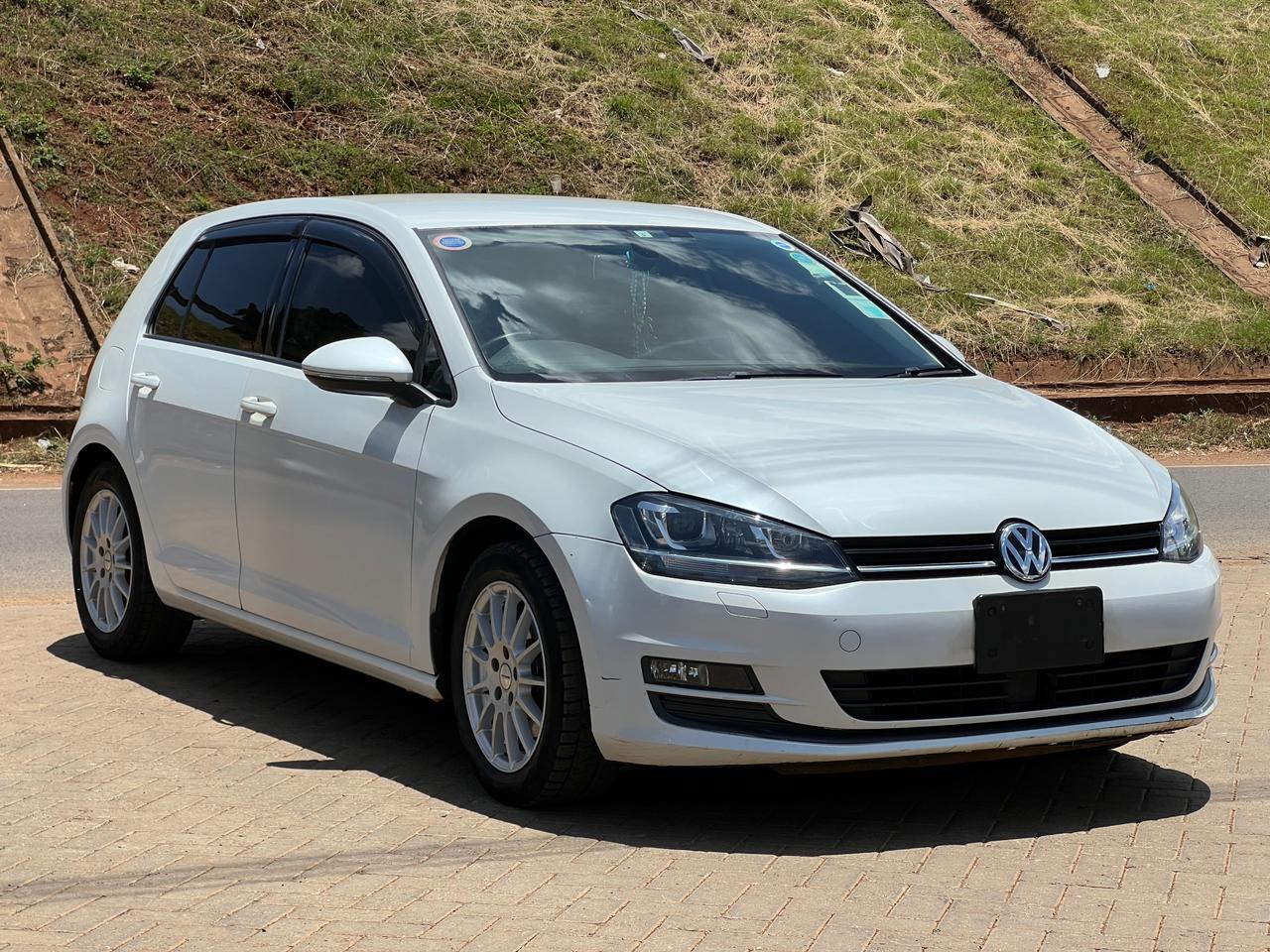Tesla Charging & Solar in Kenya 2025 — How Families Can Power Their EVs at Home
Tesla Charging & Solar in Kenya 2025
How families can charge Teslas at home, pair them with solar, and thrive despite grid challenges.
Introduction — Why charging strategy matters in Kenya
Owning a Tesla in Kenya in 2025 is no longer science fiction — it’s a practical choice for many urban families and businesses. But the success of EV ownership depends heavily on charging strategy. This guide explains how to charge a Tesla in Kenya (home chargers, public fast chargers), how to pair an EV with rooftop solar and battery storage, realistic costs in KSh, installation tips for Nairobi and other regions, and a checklist to make your switch to electric smooth.
Charging basics for Tesla owners
Tesla vehicles charge using three main methods:
- Level 1 (trickle charge): Using a standard household outlet — very slow, not recommended as the primary method.
- Level 2 (AC home charging): Dedicated wallbox (7–11 kW typical) — ideal for overnight charging and daily use.
- DC Fast Charging (Level 3): Public fast chargers (50–350 kW) — for long trips and quick top-ups.
Home charging (Level 2) — the most important piece
For most Tesla owners in Kenya, a Level 2 home charger (also called a wallbox) is the backbone of daily charging. A typical 7 kW wallbox adds about 35–45 km of range per hour depending on the Tesla model and efficiency. That means overnight charging (6–10 hours) will be enough for most daily needs.
Public charging in Kenya: what exists today
Kenya’s charging network has grown quickly. In 2025, you’ll find public DC fast chargers and AC charging points in Nairobi, Mombasa, Kisumu and along major highways. Private operators, shopping centres, hotels and some government projects have installed chargers, but coverage outside main corridors is still developing.
For Tesla owners, know that Tesla Superchargers are not yet widespread in Kenya, so you’ll rely on third‑party DC fast chargers (CCS) and adapters when available. Always plan long trips and map charging stops.
Pairing a Tesla with solar — is it worth it?
Yes. For Kenyan households, pairing a Tesla with rooftop solar and battery storage (a Powerwall-like system or generic inverter-backed batteries) is often the smartest long-term strategy. Benefits include:
- Lower running costs (charge from free/cheap solar energy instead of grid electricity).
- Resilience during outages — charge from solar during the day and use stored energy at night.
- Reduced grid demand and better sustainability credentials.
Typical solar + EV setups for Kenyan homes
Depending on daily driving and budget, here are common setups:
~3–4 kW solar array + 5–10 kWh battery. Cheaper to install, covers daily needs and small buffer.
~6–10 kW solar + 10–20 kWh battery (or multiple batteries). Comfortable daily use and reserve for cloudy days.
~10–15 kW solar + 20–40 kWh battery + smart energy management. Best for large families or owners who frequently tow or travel long distances.
Example: A Tesla Model Y with a 75 kWh battery charged from solar only will need a substantial array and storage if you want full autonomy — but for daily top-ups, modest systems already deliver meaningful savings.
Cost breakdown — rough numbers (Kenyan Shillings, 2025)
Costs vary with quality and brand. Below are conservative estimates to help planning (prices in KSh):
- 7 kW AC wallbox installation: KSh 80,000 – KSh 250,000 (unit + professional installation + circuit upgrade if needed).
- 11 kW wallbox: KSh 120,000 – KSh 300,000.
- DC fast charging session (public): KSh 1,000 – KSh 4,000 per session depending on kW and pricing model.
- 5 kW solar panel system (panels + inverter + installation): KSh 120,000 – KSh 250,000.
- 10 kW solar + 10–20 kWh battery backup: KSh 700,000 – KSh 2,000,000 depending on battery chemistry and inverter quality.
- Full Powerwall-style system (Tesla) / high-end batteries: KSh 1,500,000 – KSh 4,500,000 (higher-end, includes supply & install).
Installation tips & safety checklist
- Hire a certified electrician experienced with EV chargers — never DIY high-voltage installations.
- Install a dedicated circuit and an appropriate RCD/MCB for the charger.
- Locate the charger where the car parks overnight — minimize cable length and tripping hazards.
- Consider surge protection and proper earthing, especially in coastal cities with lightning risk.
- If adding solar, plan inverter capacity and energy management to prioritise EV charging during peak solar hours.
- Ask for warranty and after-sales support; get a maintenance schedule for batteries and inverters.
Real‑world examples: Nairobi household and a small lodge
Nairobi family — daily commuter
Family drives ~60 km/day. Setup: 7 kW wallbox, 6 kW solar array, 10 kWh battery. Charging mostly overnight with solar topping during the day. Annual savings vs petrol: significant (depending on fuel prices) — payback on solar + charger in 4–7 years for many households when considering fuel saved and lower maintenance.
Small safari lodge — off-grid reliability
Lodge uses a Tesla Model Y/Cybertruck for guest transfers and has a 20 kW solar array + 60 kWh battery bank and a genset backup. The vehicle doubles as mobile power for site tools and supports eco-tourism branding. High upfront cost but operational savings and marketing value justify it.
FAQs
Can I charge a Tesla in Kenya from a regular plug?
Technically yes, but it’s very slow and not recommended long-term. Use a dedicated Level 2 wallbox for daily practicality and battery health.
How long does home charging take?
With a 7 kW wallbox, expect 6–12 hours for a full charge depending on battery size. For typical daily needs, overnight charging is sufficient.
Is solar + battery worth it?
Yes if you have the upfront budget or want resilience from outages. Even small solar arrays reduce running costs and improve sustainability.
Conclusion & action plan
Charging strategy is the cornerstone of successful Tesla ownership in Kenya. Start with a reliable home charger, plan for solar where possible, and use public DC fast chargers strategically for long trips. Evaluate your daily range needs, budget for installation properly, and work with trusted installers and importers.
If you want help estimating costs and designing a charger + solar system for your home or business, Code and Clutch can provide tailored quotes, trusted installers, and import assistance for Tesla vehicles. Making the jump to electric in Kenya is practical — with the right plan, it’s also smart and sustainable.





Comments